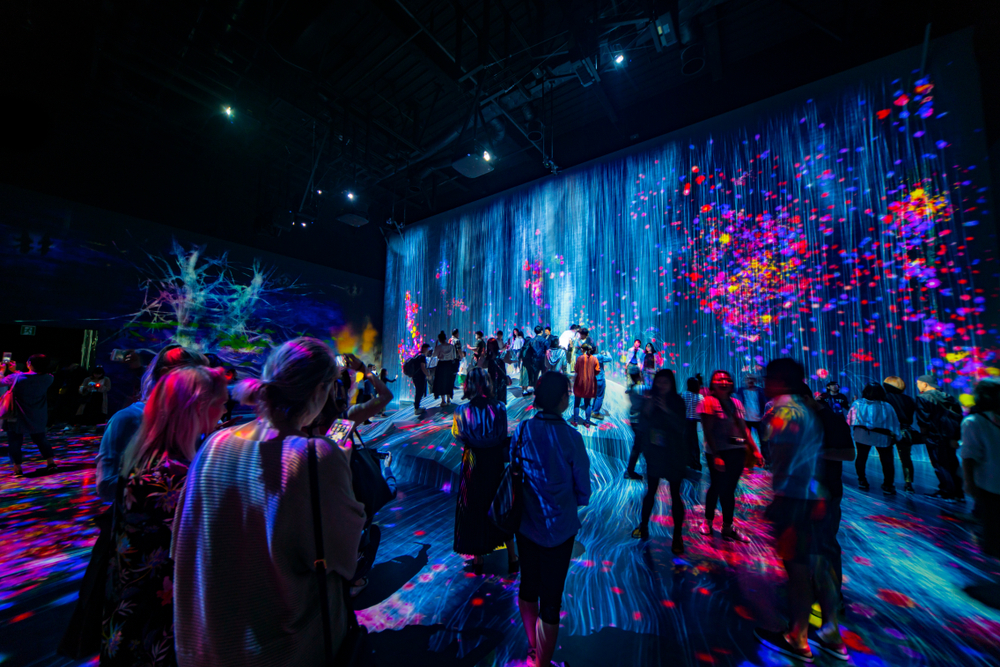Holographic Storytelling: The Future of Narrative Art
In an era where technology and creativity intertwine, holographic storytelling emerges as a groundbreaking medium that pushes the boundaries of narrative art. This innovative form of expression blends cutting-edge holographic technology with traditional storytelling techniques, creating immersive experiences that captivate audiences in ways never before possible. As artists and technologists collaborate to explore this new frontier, holographic storytelling is poised to revolutionize how we consume and interact with narratives across various platforms.

Crafting Multidimensional Narratives
Unlike traditional linear narratives, holographic stories exist in three-dimensional space, allowing for multiple perspectives and simultaneous storylines. Writers and directors must reimagine plot structures and character development to take full advantage of this spatial dimension. The challenge lies in creating coherent narratives that can be explored from various angles while maintaining a compelling arc. This new approach to storytelling demands a collaborative effort between writers, visual artists, and technologists to weave intricate tales that unfold in 360 degrees.
The Technology Behind the Magic
The core of holographic storytelling lies in advanced projection systems and light field displays. These technologies create the illusion of three-dimensional objects floating in mid-air, visible from multiple angles without the need for special glasses. Recent breakthroughs in volumetric capture and real-time rendering have enabled more dynamic and interactive holographic narratives. As the technology continues to evolve, creators are exploring ways to incorporate haptic feedback and spatial audio, further blurring the line between the virtual and physical worlds.
Interactive Engagement and Audience Participation
One of the most exciting aspects of holographic storytelling is its potential for audience interaction. Unlike passive forms of entertainment, holographic narratives invite viewers to become active participants in the story. Gesture recognition and voice commands allow audiences to influence the narrative in real-time, creating a personalized experience for each viewer. This level of engagement opens up new possibilities for educational content, interactive documentaries, and immersive fictional worlds that respond to the audience’s choices and actions.
Applications Beyond Entertainment
While the entertainment industry is at the forefront of holographic storytelling, its applications extend far beyond cinema and theater. Museums are using holographic narratives to bring historical events and figures to life, offering visitors an unprecedented level of immersion in the past. In the field of education, holographic storytelling is being used to create interactive learning experiences that make complex subjects more accessible and engaging. The medical field is also exploring its potential for training simulations and patient education, demonstrating the versatility of this emerging medium.
Challenges and Ethical Considerations
As with any new technology, holographic storytelling faces its share of challenges. The high cost of production and specialized equipment currently limits its accessibility to large-scale productions and institutions. There are also concerns about the potential psychological effects of highly immersive experiences, particularly on younger audiences. Ethicists and psychologists are working to establish guidelines for responsible use of the technology, ensuring that the line between reality and fiction remains clear. As the medium evolves, creators must navigate these challenges while pushing the boundaries of what’s possible in narrative art.
The Future of Holographic Narratives
The potential for holographic storytelling is vast and largely untapped. As technology becomes more accessible and creators become more adept at crafting multidimensional narratives, we can expect to see a proliferation of holographic content across various platforms. From interactive public art installations to personalized home entertainment systems, holographic storytelling is poised to transform how we experience narratives in the coming decades. The fusion of technology and artistic vision in this medium promises to open new realms of creativity and audience engagement, ushering in a new era of immersive storytelling.




